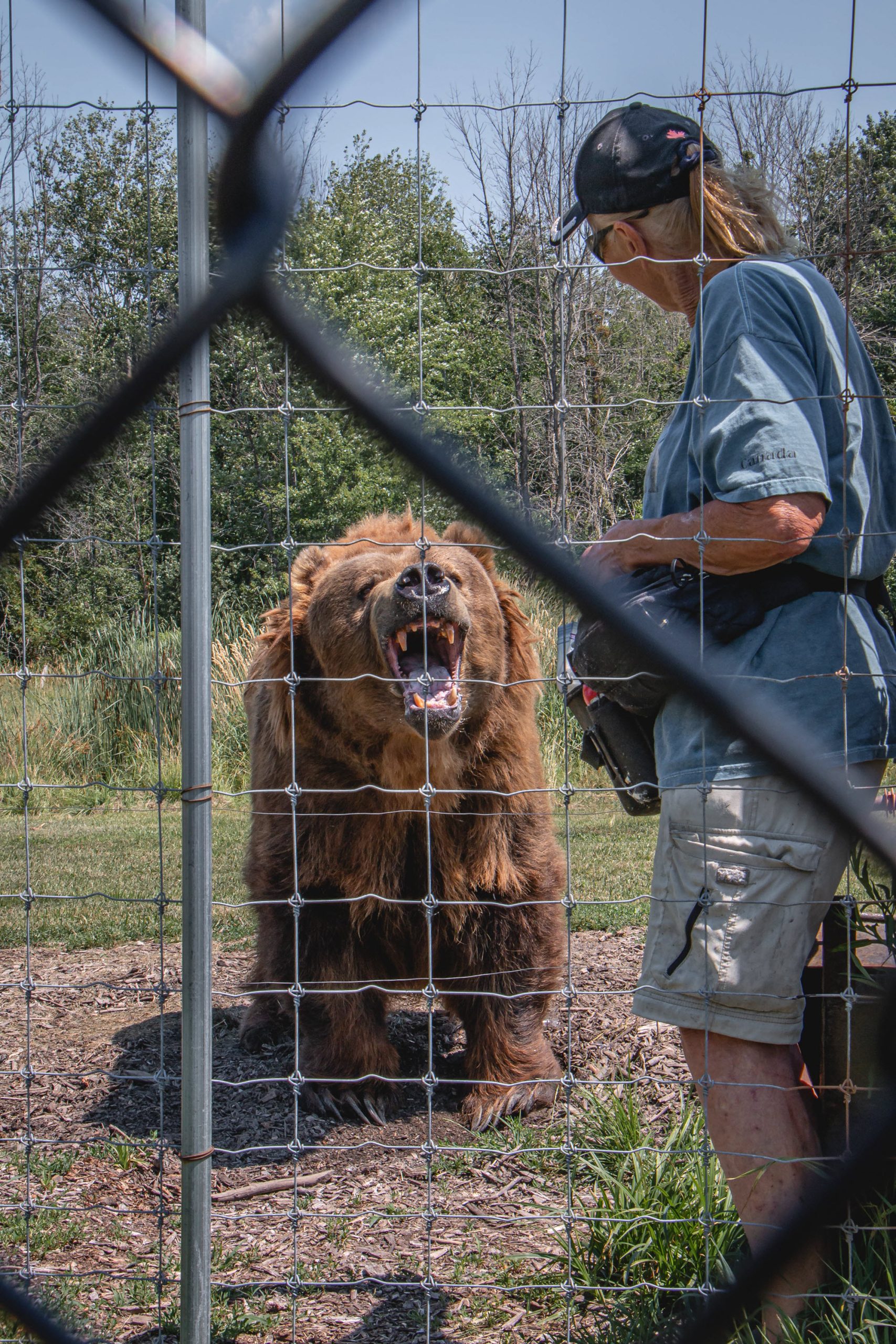Animal cruelty remains a poignant subject, evoking passionate responses from various sectors of society. In both Canada and the United States, the legal framework surrounding animal cruelty often raises questions about enforcement, definitions, and consequences. Indeed, the inquiry into whether animal cruelty is designated as a federal crime in these two nations reveals intriguing layers of complexity and nuance.
In Canada, the Criminal Code serves as the primary legislative instrument governing animal welfare. Sections 445 to 447 explicitly delineate acts of cruelty, including willful neglect, harm, and death inflicted upon animals. These provisions establish a foundation for prosecuting offenders; however, the enforcement of these laws has historically been fragmented. Most prosecutions occur at the provincial or territorial level, leading to a patchwork of regulations rather than a cohesive national approach. Consequently, the concept of animal cruelty could be perceived as inchoate—defined by local statutes and influenced by societal norms in specific regions.
In stark contrast, the United States exhibits a more decentralized legal landscape regarding animal cruelty. Each state possesses its own animal cruelty laws, leading to 51 distinct sets of regulations, plus federal laws that occasionally intersect with state legislation. This divergence means that the severity and enforcement of animal cruelty laws can vary dramatically from one jurisdiction to another. For instance, a state like California may have prominent laws against animal fighting, whereas another state may lack stringent regulations altogether.
Within the U.S. legal framework, federal laws do exist to address specific types of animal cruelty. The Animal Welfare Act (AWA), enacted in 1966 and subsequently amended, provides broad federal oversight concerning the treatment of animals in research, exhibition, and transport. However, the AWA does not comprehensively cover all forms of animal cruelty; rather, it is designed primarily for the welfare of certain animals, such as those involved in commercial transactions. Thus, it fails to serve as a robust mechanism for prosecuting animal cruelty cases broadly, leaving most enforcement to state jurisdictions.
An examination of public perception reveals a common observation: many individuals express a profound emotional connection to animals, yet societal consciousness regarding animal rights remains unevenly developed. This dichotomy contributes to the intricate tapestry of animal cruelty legislation. When people witness heinous acts of mistreatment, public outrage often ensues, igniting calls for reform. Those in favor of enhanced legal protections eloquently argue that our moral obligations extend beyond mere sympathy; they posit that sentient beings deserve explicit protections enshrined in law.
The reasons for fascination with animal cruelty laws stem from an unsettling juxtaposition. While humans possess the capacity for compassion, they concurrently engage in practices that contravene this inherent empathy. The phenomenon of animal exploitation artfully highlights a deep-seated tension between our ethical frameworks and behaviors. Animal agriculture, for instance, remains a contentious domain where laws often allow for practices that many consider inherently cruel. This paradox entices communities to scrutinize the efficacy of existing laws and fuels ongoing debates regarding the necessity of reform.
Addressing the complexities surrounding animal cruelty as a federal crime necessitates an examination of both the moral and legal perspectives. On a moral level, the question arises: should animals be granted comparable legal protections akin to those afforded to humans? Advocates argue for the necessity of acknowledging animals as sentient beings with intrinsic rights, positing that current laws inherently fail to reflect this reality. In Canada, attempts to amend the Criminal Code are frequently met with fervent advocacy and public interest, underscoring the pressing need for reform.
In the United States, legislative movements aimed at strengthening animal cruelty laws emerge periodically, often in response to public outcry over abuses. However, entrenched interests within various sectors—such as agriculture, research, and entertainment—can impede the progression of meaningful legal change. Activists face the formidable challenge of balancing these interests with a compelling moral imperative to protect vulnerable beings, a task that often requires navigating a labyrinth of regulations and lobbying efforts.
Moreover, the cultural values and historical context of a nation can significantly influence the enactment and enforcement of animal cruelty laws. In Canada, a growing societal consensus prioritizing animal welfare has spurred legislative initiatives aimed at increasing accountability for cruelty. Conversely, in the U.S., a deeply entrenched culture of individualism complicates collective movements aimed at reform. This cultural dichotomy complicates the narrative surrounding federal intervention in matters of animal welfare.
Ultimately, the question of whether animal cruelty constitutes a federal crime in Canada and the U.S. unveils a broader dialogue about the values we ascribe to non-human animals. While the current legal frameworks in both countries reflect a recognition of animal welfare, they simultaneously expose inadequacies and inconsistencies. To effect meaningful change, advocates must persist in their efforts to cultivate awareness and compassion, challenging societal norms that perpetuate cruelty and advocating for legislative reform that comprehensively protects the rights of all sentient beings.









